NASA eclipse ambassadors prepare students, citizens
| Published: 04-04-2024 8:35 AM |
On April 8, the southern edge of New Hampshire will be experiencing an eclipse with more than 95% total coverage – an event that won’t occur for the area again for more than 50 years.
In anticipation of the event, NASA has tasked “eclipse ambassadors” all over the country to teach citizens about how to safely experience the eclipse, and to help create citizen scientists who can help record the affects on the world around them as the moon eclipses the sun.
Two of those ambassadors are teacher Susan Rolke and Franklin Pierce University student Raven Grobleski, who, among multiple stops at local libraries and community groups, will be presenting at the Peterborough Public Library on April 6 at 11 a.m.
Rolke said the event will be significant, as the last eclipse the area was able to view happened in 2017, and that was only 20% coverage. The area had a view of an 80% eclipse in 1994.
“It’s been decades since we had an event like this in our area,” Rolke said.
The southern edge of the state can expect to have a view of up to 95% or 96% coverage, starting at around 2:14 p.m., with the greatest coverage at about 3:28 p.m. before the eclipse concludes at about 4:38 p.m. The northernmost areas of the state, including Berlin, will see complete or near-complete totality.
Grobleski, a freshman environmental science major at Franklin Pierce University, is the only college student in New Hampshire selected for the ambassador program.
“My interest is being able to work with members of my community, and being able to share a passion for science, “ Grobleski said.
Article continues after...
Yesterday's Most Read Articles
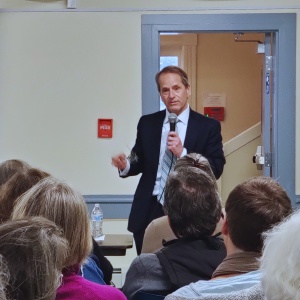 Frank Edelblut speaks at Dublin Education Advisory Committee forum
Frank Edelblut speaks at Dublin Education Advisory Committee forum
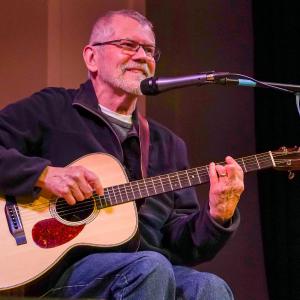 Francestown Academy Coffeehouse is in its second year
Francestown Academy Coffeehouse is in its second year
 Petitioners seek special Town Meeting regarding tax lien on Antrim Church of Christ
Petitioners seek special Town Meeting regarding tax lien on Antrim Church of Christ
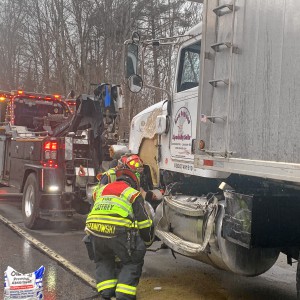 UPDATE: Drivers identified in Jaffrey dump truck crash
UPDATE: Drivers identified in Jaffrey dump truck crash
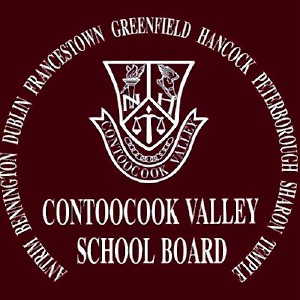 Alan Edelkind defends actions on proposed ConVal reconfiguration
Alan Edelkind defends actions on proposed ConVal reconfiguration
 Jaffrey Civic Center hosting ‘Two Tours’ exhibit
Jaffrey Civic Center hosting ‘Two Tours’ exhibit
The ambassadors gave a presentation at Ingalls Memorial Library in Rindge March 20. In addition to Peterborough, Rolke and Grobleski will be presenting April 6 at 2 p.m. at the Keene Public Library.
Rolke said that the near-total eclipse will have a visible effect on the area as the moon passes before the sun, and recording those changes are something every person can do.
“The sound of the animals change – daytime animals get quiet, and night animals might come out,” Rolke said.
She recalled in 2017, even with a much lesser totality, she observed nighthawks – a bird usually active during the dawn and dusk hours – and other birds react to the shift in light.
“Shadows will get sharper. It’s twilight all around, not matter what direction you look, and it’s sunny beyond that,” Rolke said.
People can help collect data about the effects of the eclipse through the NASA team mission, Eclipse Soundscapes: Citizen Science Project. The project aims to replicate data collected during the 1932 total eclipse, where almost 500 reports, including those collected by members of the public, were recorded on the activities of birds, mammals, insects, reptiles and fish.
Those who wish to participate can share the observations of all their senses on social media using the hashtag #EclipseSoundscapes, and include their location, but for those willing to put in additional effort, they can become an soundscape observer by participating in a free online training.
On the day of the eclipse, observers must observe and take field notes at least 10 minutes before, during and after the eclipse maximum, record their latitude and longitude and submit their observations. For information about this citizen science program, visit eclipsesoundscapes.org/observer.
Rolke cautioned those who want to watch the eclipse to take precautions when doing so, by using glasses specifically rated to allow eclipse viewing.
“We don’t have pain receivers in our eyes. So, our brains don’t receive the message of ‘Don’t do this, it hurts,’ but the UV light from the sun can damage your eyes and lead to blind spots, or total blindness if you look at the sun too long.”
Do not view any part of the sun through a camera lens, binoculars or a telescope without a special-purpose solar filter. When viewing with the naked eye, use solar eclipse glasses or a handheld solar viewer. Regular sunglasses, even dark ones, are not safe for viewing the sun.
Rolke said solar viewers can be purchased online or at some retail stores, but cautioned residents to ensure that they comply with the international standard. Some glasses and solar viewers may not be fully compliant. On a pair of glasses or solar viewer, ensure that they comply with the international standard of ISO 12312-2, which should be printed on the glasses or viewer.
Information about safe solar viewers and where to find them is available at the American Astronomical Society website, at eclipse.aas.org/eye-safety/viewers-filters.
As looking at the sun directly can cause damage to the eyes, if a person does not have proper safety glasses, he or she can view the eclipse’s effects with a pinhole projector.
A stiff piece of paper such as cardstock, or a paper plate, is required, along with either a thumbtack, pin, sharp needle or hole punch. Make a smooth, round hole in the paper. Hold the paper in the sunlight, and in the shadow projected by the paper, a circle of light that will represent the sun should be visible. To make the image of the sun “larger,” hold the paper farther away from your reflecting surface.
As the eclipse occurs, a person will see the “sun” slowly be eclipsed by the moon.
For fun, create multiple “eclipses” by creating multiple pinholes, at least a centimeter apart, to create a design or spell a word.
Ashley Saari can be reached at 603-924-7172, Ext. 244, or asaari@ledgertranscript.com. She’s on X @AshleySaariMLT.

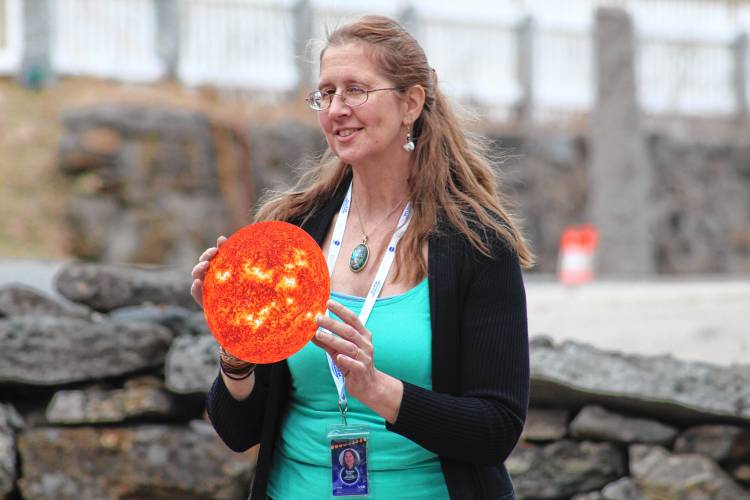
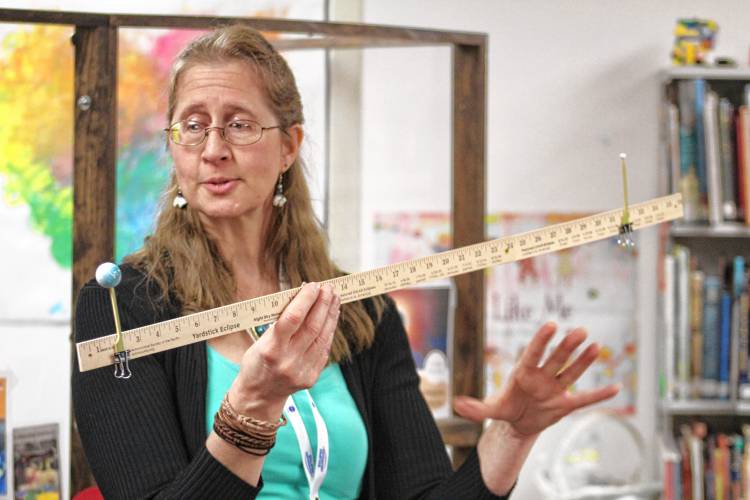
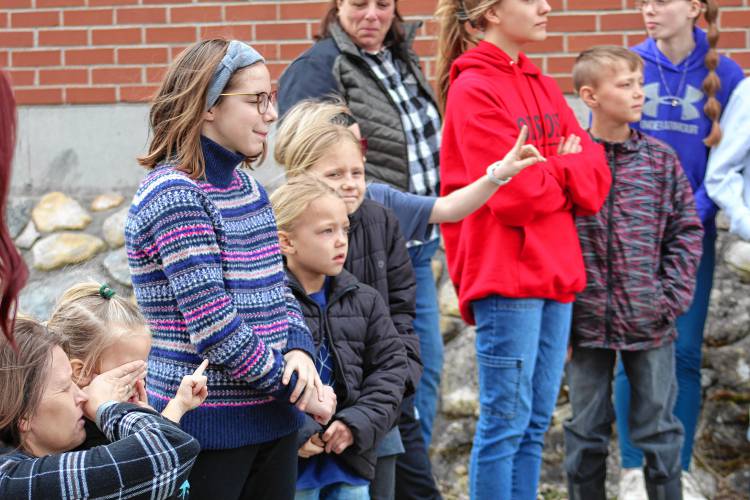
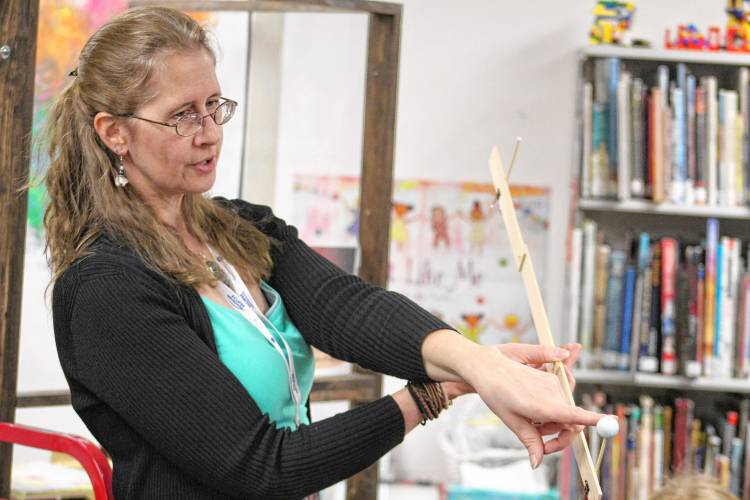
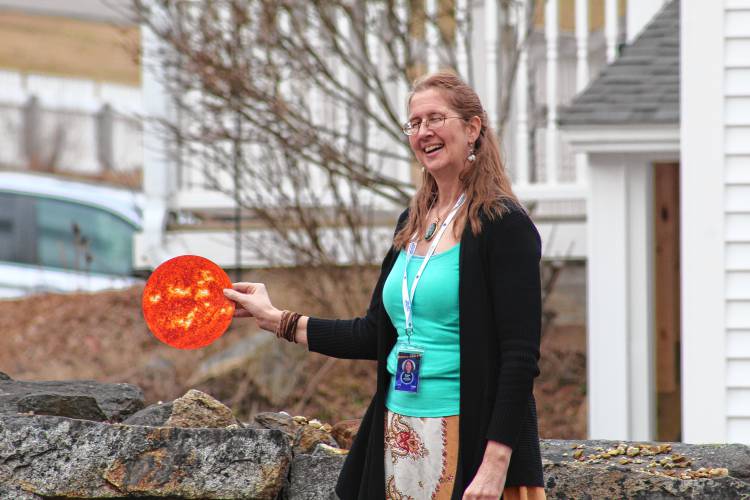
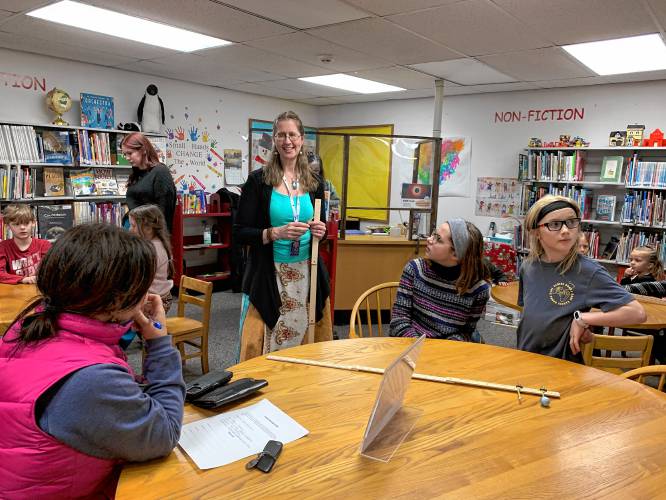
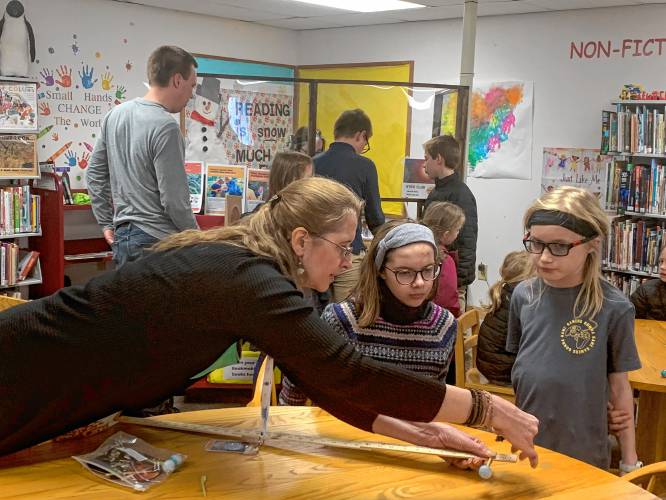
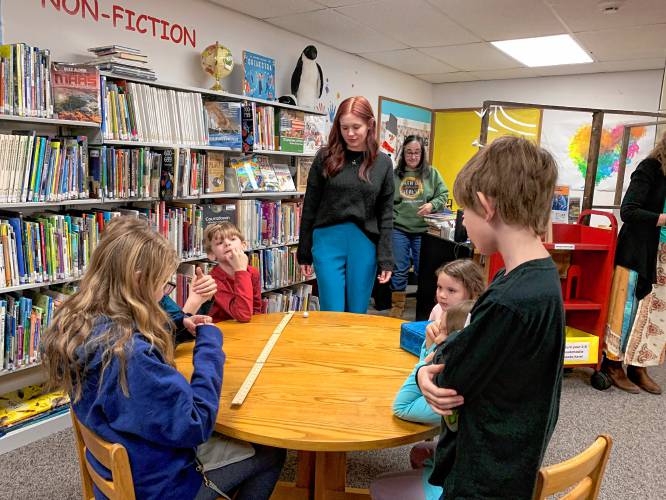
 Gail Hoar: Words About Wilton – Lessons while walking
Gail Hoar: Words About Wilton – Lessons while walking New photography studio opens on Jaffrey Main Street
New photography studio opens on Jaffrey Main Street State of the Schools – Budget challenges, but lots to celebrate at Mascenic
State of the Schools – Budget challenges, but lots to celebrate at Mascenic Jarvis Coffin: Off the Highway – Liver free or die
Jarvis Coffin: Off the Highway – Liver free or die
